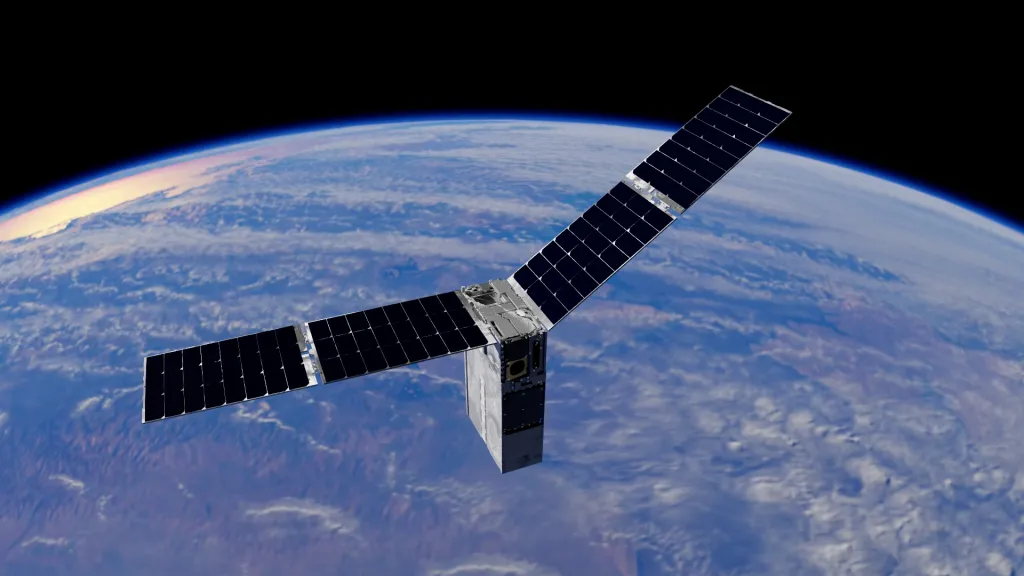In July, NASA will launch a team of four six-unit (6U)-sized CubeSats into Earth's orbit to explore their ability to cooperate autonomously, without real-time updates from mission control. This robotic team of small satellites aims to test essential technologies for future deep space missions, where complex and autonomous spacecraft will play a crucial role.
The Starling mission will see the CubeSats flying in two formations, testing technologies that pave the way for future cooperative endeavours in deep space science. Positioned approximately 355 miles above Earth and spaced about 40 miles apart, the mission is set to last at least six months.
